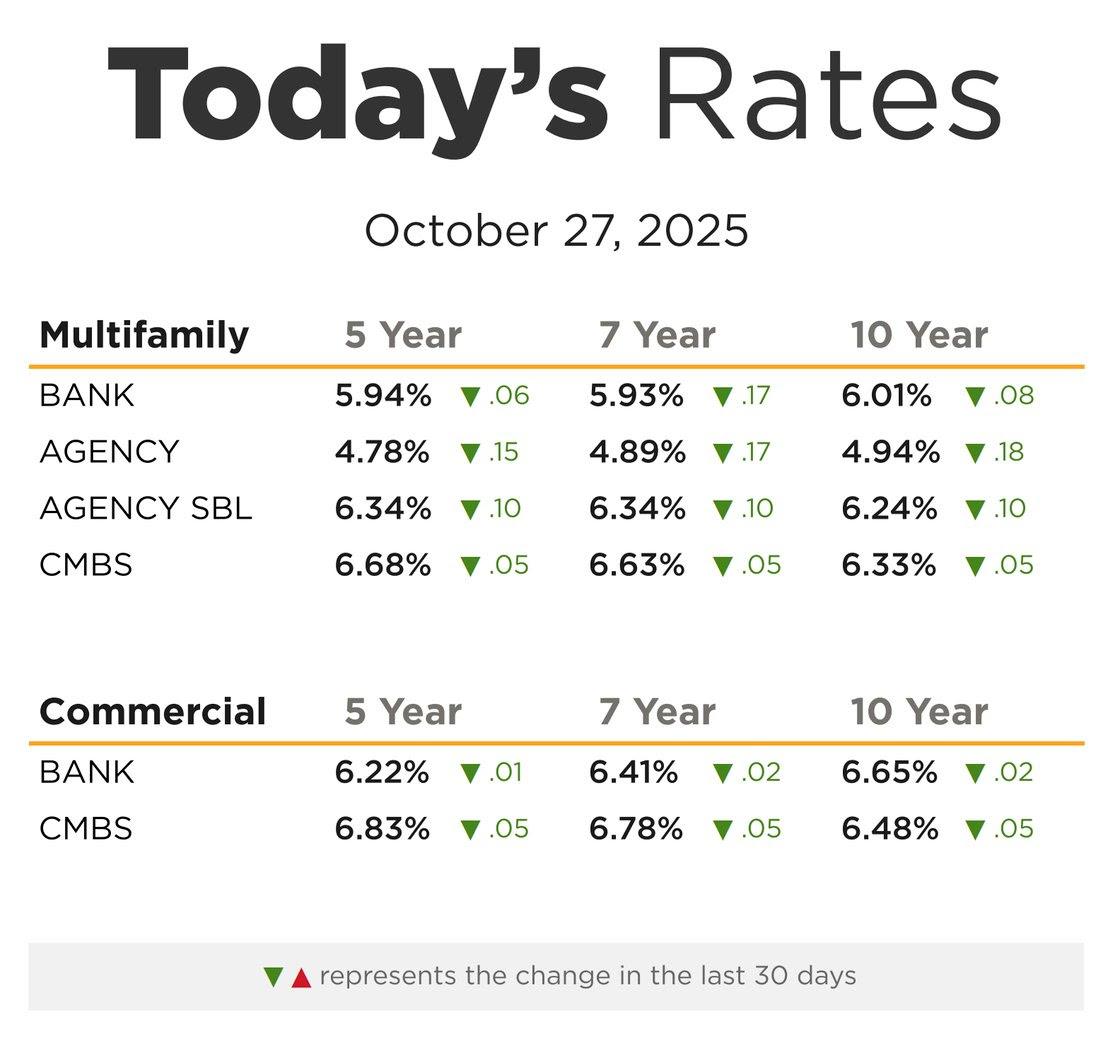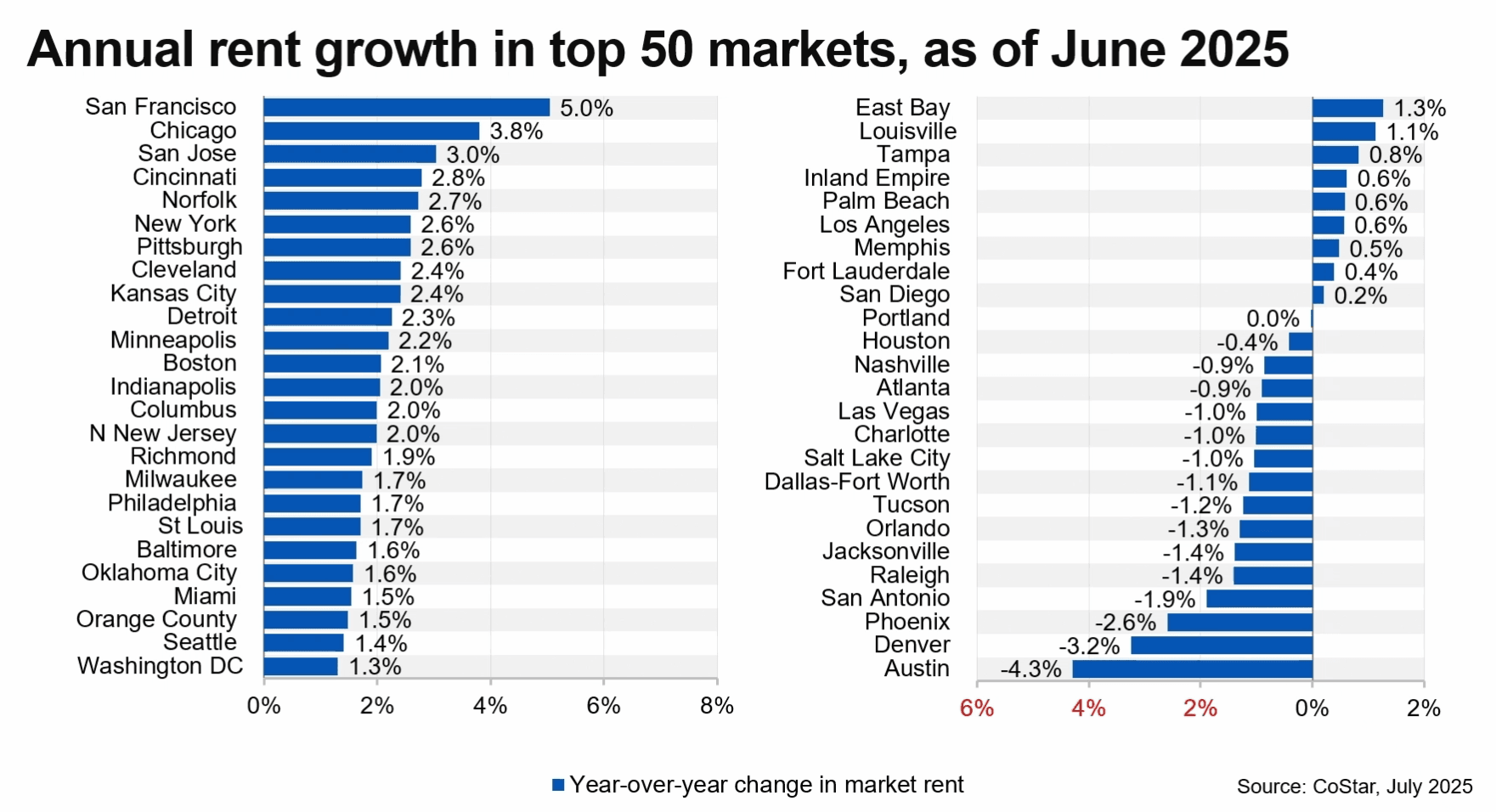Multifamily deals are seeing a surge right now, despite COVID challenges. Multifamily investors need a good formula to make the due diligence go smoothly – here are 6 tips to execute successfully.
The multifamily sector has weathered the recession reasonably well and is now seeing a surge in activity in the last couple of months, boosted by low-interest rates. This comes at a time when there are still some mismatched expectations between buyers and sellers, and any real estate deal could be challenged by the new realities that COVID presents. Multifamily investors need a high level of scrutiny of their prospective assets, but this can be tricky given potential access and timing challenges. Yet despite these hurdles, we as an industry are adapting and finding ways to get deals done – buyers are getting creative in their search for value, and everyone is bringing a problem-solving mindset to the process.
This is especially important during the due diligence stage. Having been on both sides – leading acquisition due diligence at a national multifamily investor, and now delivering due diligence with a national consulting firm – I’ve found that the winning formula is a higher level of coordination, communication, and creativity to make it work.
Here are six tips to help your acquisition due diligence go smoothly right now.
- Coordinate and consolidate your site visits – If possible, aim to have your entire due diligence and lender team walk the property and units at the same time. Nowadays, limiting intrusions is not just a matter of inconvenience for the residents and sellers, but of safety and peace of mind.
- For value add / reno projects, don’t skimp on access – Lately, I’ve been seeing a lot of demand for proven properties with an established rent roll that are prime candidates for renovation work, as they may be seen as a more moderate bet in today’s climate rather than a property that is in lease-up or has just stabilized. For these deals it is important to ask your Property Condition Assessment consultant to get eyes on more of the property including every unit if possible, instead of only seeing a sampling of 10-20% of the units, to unearth any potential physical deficiencies you need to account for. The more of the site your consultant sees, the greater confidence you’ll have in cultivating your operating and capital management budgets. This can be a challenge during COVID, which brings me to point #3.
- Get creative with virtual site visits – We’re there to be your eyes and ears and see as much as we possibly can, but if we can’t get into a unit or other interior areas, we’ve been having success with virtual site visits. It’s a pretty easy process to have the on-site management staff conduct a video call with Zoom or MS Teams on their phone or tablet device, while we instruct them on what to show or focus in on. There are some limitations, for example, poor lighting or connectivity, but it is a useful option in this challenging environment.
- Have a plan for communication – In this atmosphere of heightened anxiety, it’s important to have a good communication plan. The key for effective communication is to confirm with all parties on what is acceptable to say or not during the site visit or personnel interviews – it is common to not divulge to the on-site management company or the residents that the property is for sale. Additionally, to help keep the residents and on-site staff at ease, it is prudent to convey that all site inspections are being conducted with their safety in mind and any inspecting personnel including third-party consultants and engineers are adhering to all mandated health & safety precautions including the use of PPE.
- Allow extra time – It’s no surprise that more residents are home right now, and that can require some extra coordination and time to arrange access to the units while maintaining social distancing – residents may step outside or stay in different rooms while the assessor(s) walkthrough. Understandably, many tenants may also want extra reassurance that the site assessors are wearing PPE and using gloves or paper towels to avoid touching surfaces. Additionally, be sure to account for the possibility that some units may be unavailable to be inspected due to the resident(s) of the unit being diagnosed with COVID and having to quarantine for the required 14-day time period. This may mean that you will have to inspect this unit at a later date or not at all given the allotted time for your due diligence period per the PSA.
- Understand lender requirements and flexibility – If you are obtaining financing, you’ll need to understand not only the requirements of various lending platforms but also what flexibility they might offer due to the unique situation we’re in. Some lenders may be flexible on their financing requirements including amending or modifying the required number of units to be seen or whether they’ll accept virtual site assessments, but others may not be so willing. You’ll need to factor that into your due diligence approach. And, if you’re pursuing green financing from Fannie, Freddie, or HUD, or are planning to add solar, there are specific scopes of work and timing requirements so make sure your consultants are well versed in those.
With the right formula and a solid team, multifamily investors can ensure a successful and on-time transaction.
Source: GlobeSt By Ronnie Harrell | September 30, 2020 at 04:47 PM
Receive Market Insights
Periodic analysis on rents, pricing, cap rates, and transaction activity across Chicago and key suburban markets.



